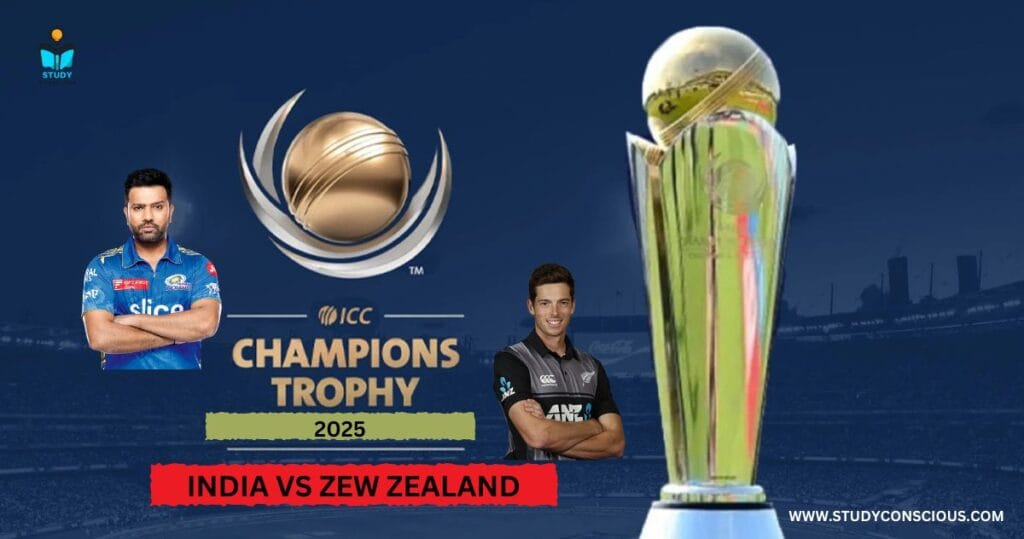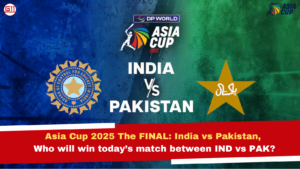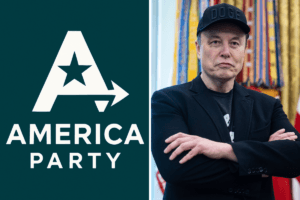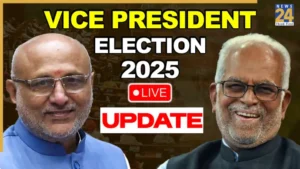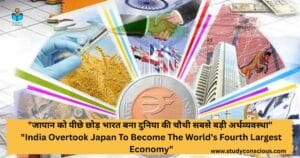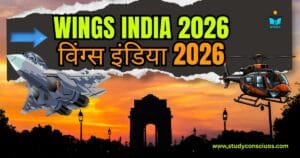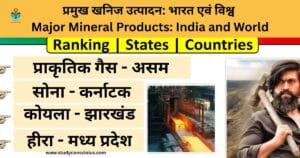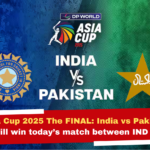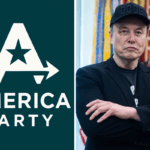59वें ज्ञानपीठ पुरस्कार 2025 || 59th Jnanpith Award 2025
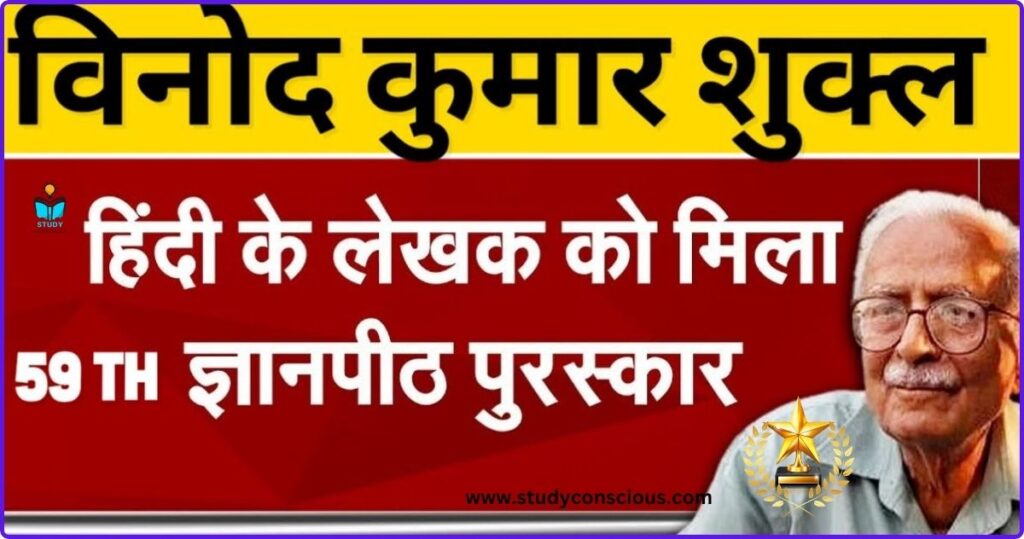
प्रसिद्ध हिंदी साहित्यकार विनोद कुमार शुक्ल को वर्ष 2024 के लिए 59वें ज्ञानपीठ पुरस्कार से सम्मानित किया जाएगा। ...
Read moreविश्व खुशहाली रिपोर्ट 2025 || World Happiness Report 2025
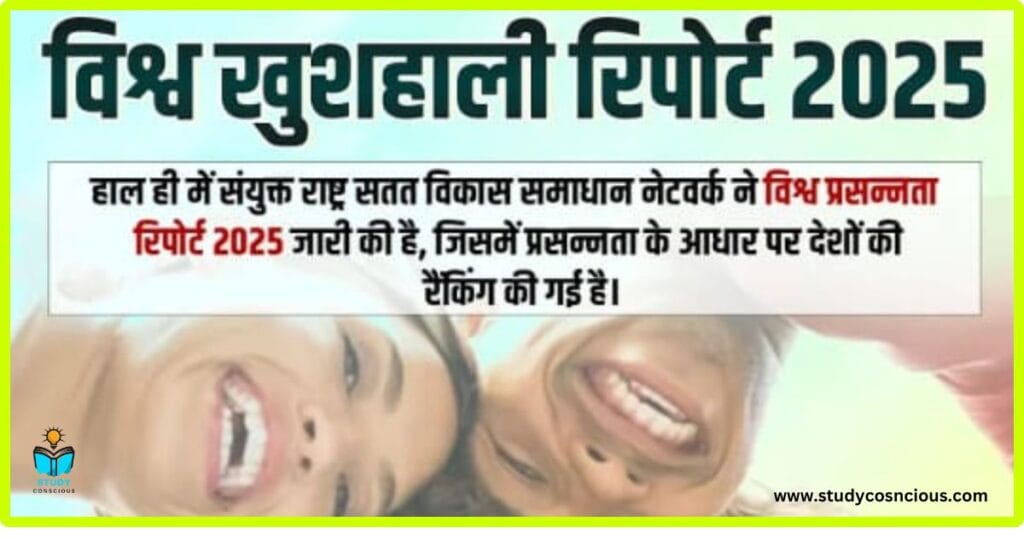
विश्व खुशहाली रिपोर्ट 2025 हाल ही में जारी की गई है, जिसमें वैश्विक स्तर पर खुशहाली के मानकों ...
Read moreAsian Film Awards 2025

The 18th Asian Film Awards were held on March 16, 2025, at the Xiqu Centre in Hong Kong. ...
Read moreIIFA AWARDS: 2025

The 25th International Indian Film Academy (IIFA) Awards took place from March 8 to 9, 2025, at the ...
Read moreप्रित्जकर वास्तुकला पुरस्कार 2025: लियू जियाकुन || Pritzker Architecture Prize 2025: Liu Jiaqun

प्रित्ज़कर वास्तुकला पुरस्कार 2025 के विजेता चीनी वास्तुकार लियू जियाकुन हैं। वे चेंगदू, चीन में आधारित हैं और ...
Read moreInternational Women’s Day: 2025
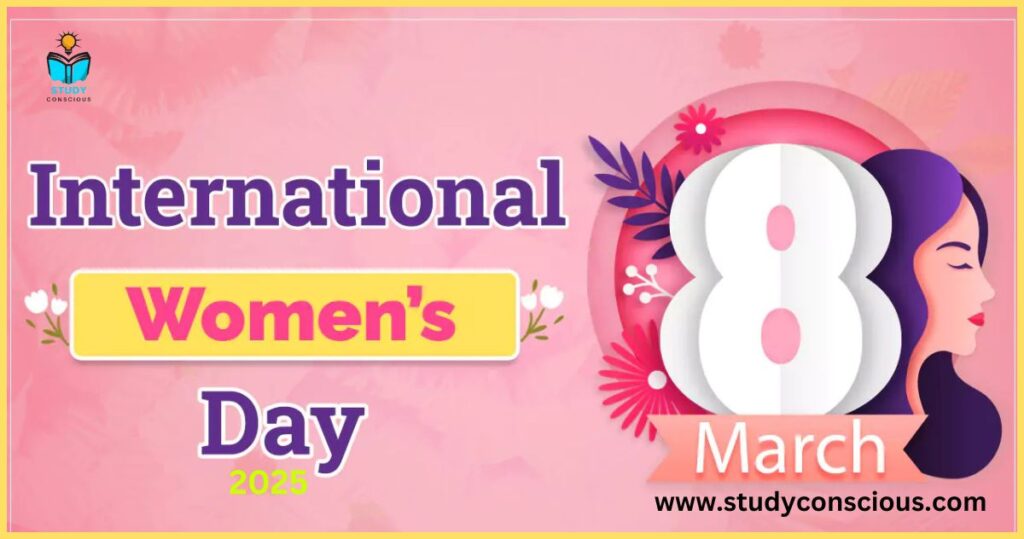
International Women’s Day (IWD) is celebrated on March 8th every year to recognize the social, economic, cultural, and ...
Read moreबिहार बजट 2025-26 || Bihar Budget 2025-26
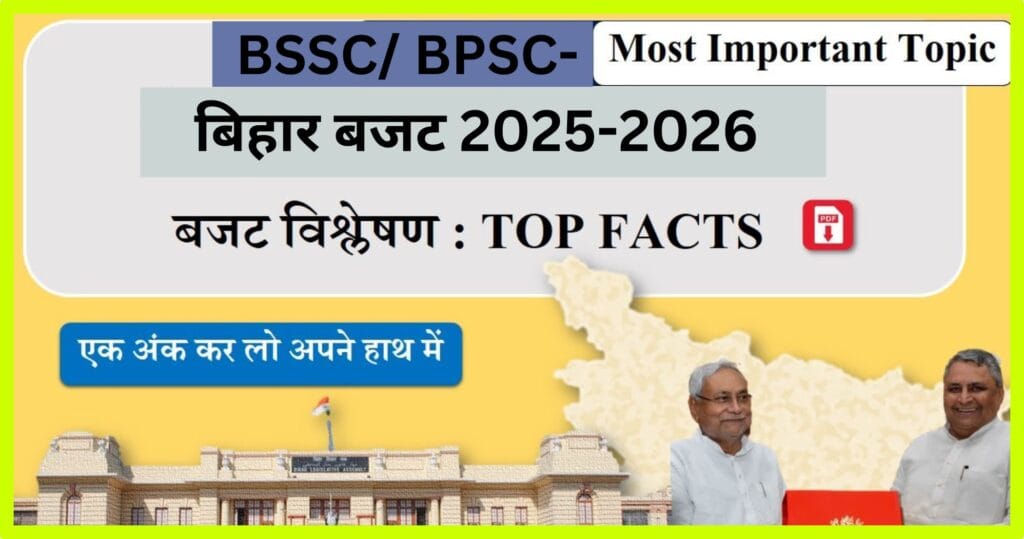
बिहार के उपमुख्यमंत्री सह वित्त मंत्री सम्राट चौधरी ने 3 मार्च 2025 को वित्तीय वर्ष 2025-26 के लिए ...
Read moreक्रेंद सरकार ने नई दिल्ली में प्रारंभ की आदर्श महिला हितैषी ग्राम पंचायत पहल || Central Government launched ideal women friendly Gram Panchayat initiative in New Delhi
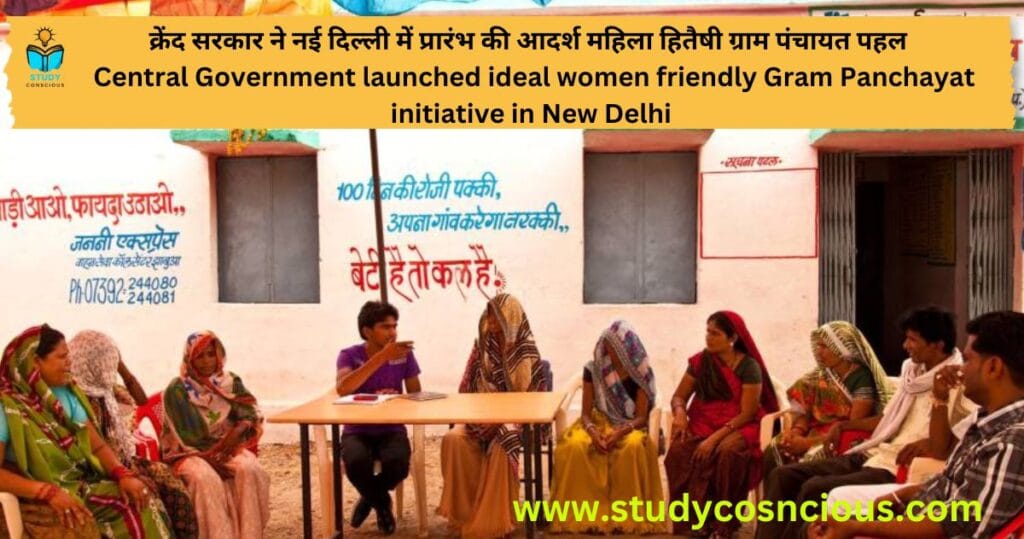
पंचायती राज राज्य मंत्री प्रो एस सिंह बघेल और स्वास्थ्य एवं परिवार कल्याण राज्य मंत्री अनुप्रिया पटेल ने ...
Read moreRanji Trophy Winner: 2025 || रणजी ट्रॉफी विजेता: 2025
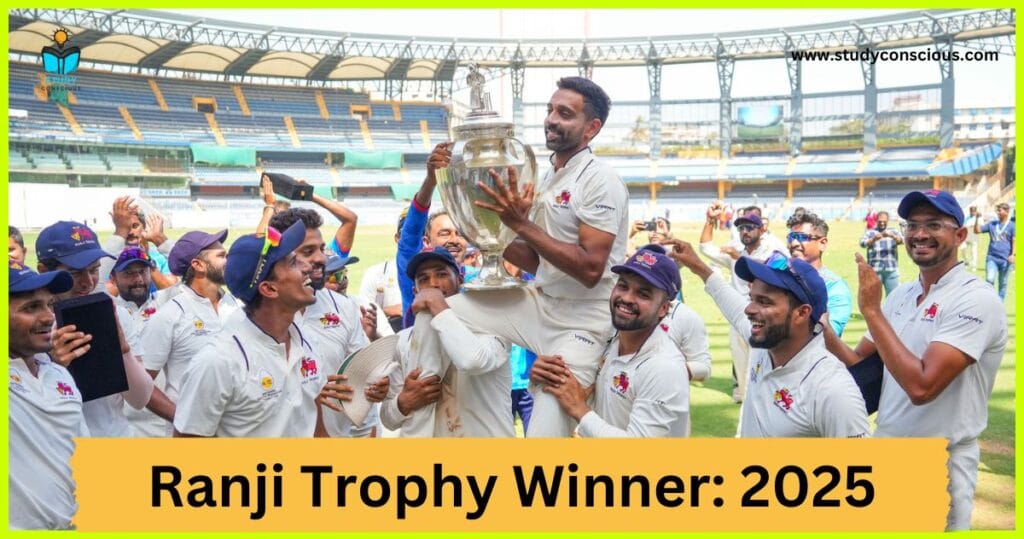
The Ranji Trophy is India’s premier domestic first-class cricket championship, organized annually by the Board of Control for ...
Read more